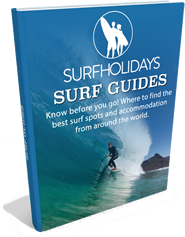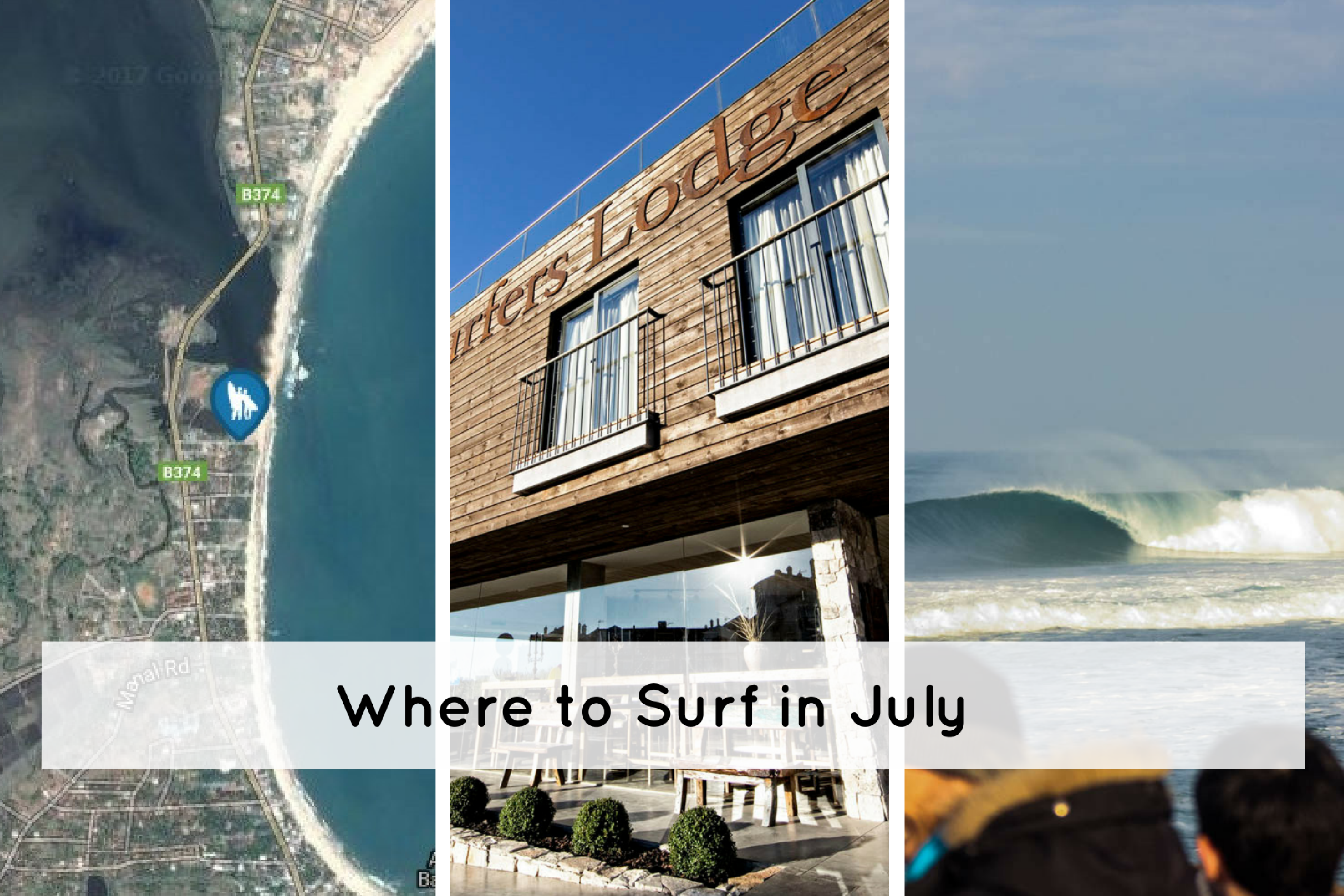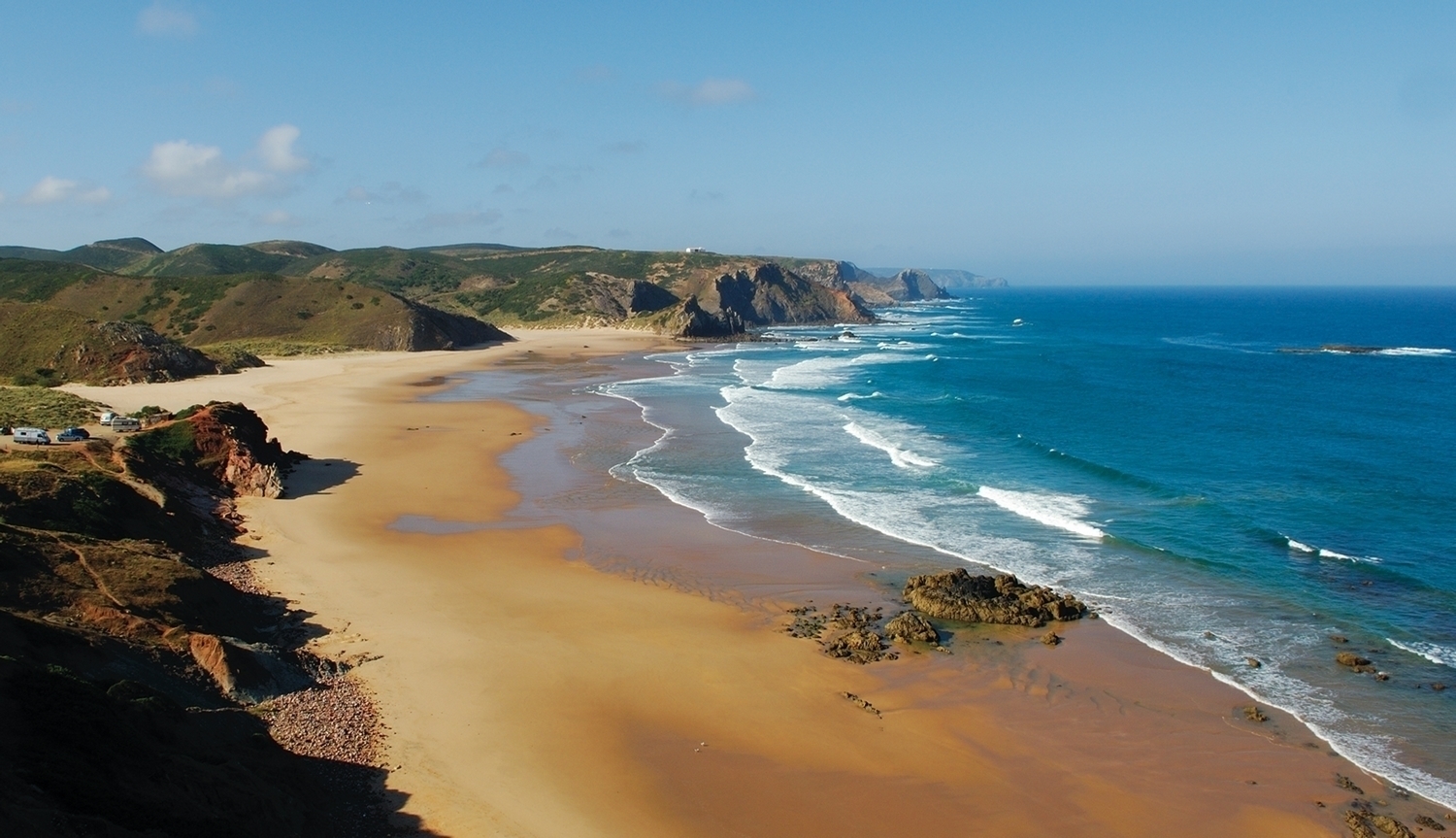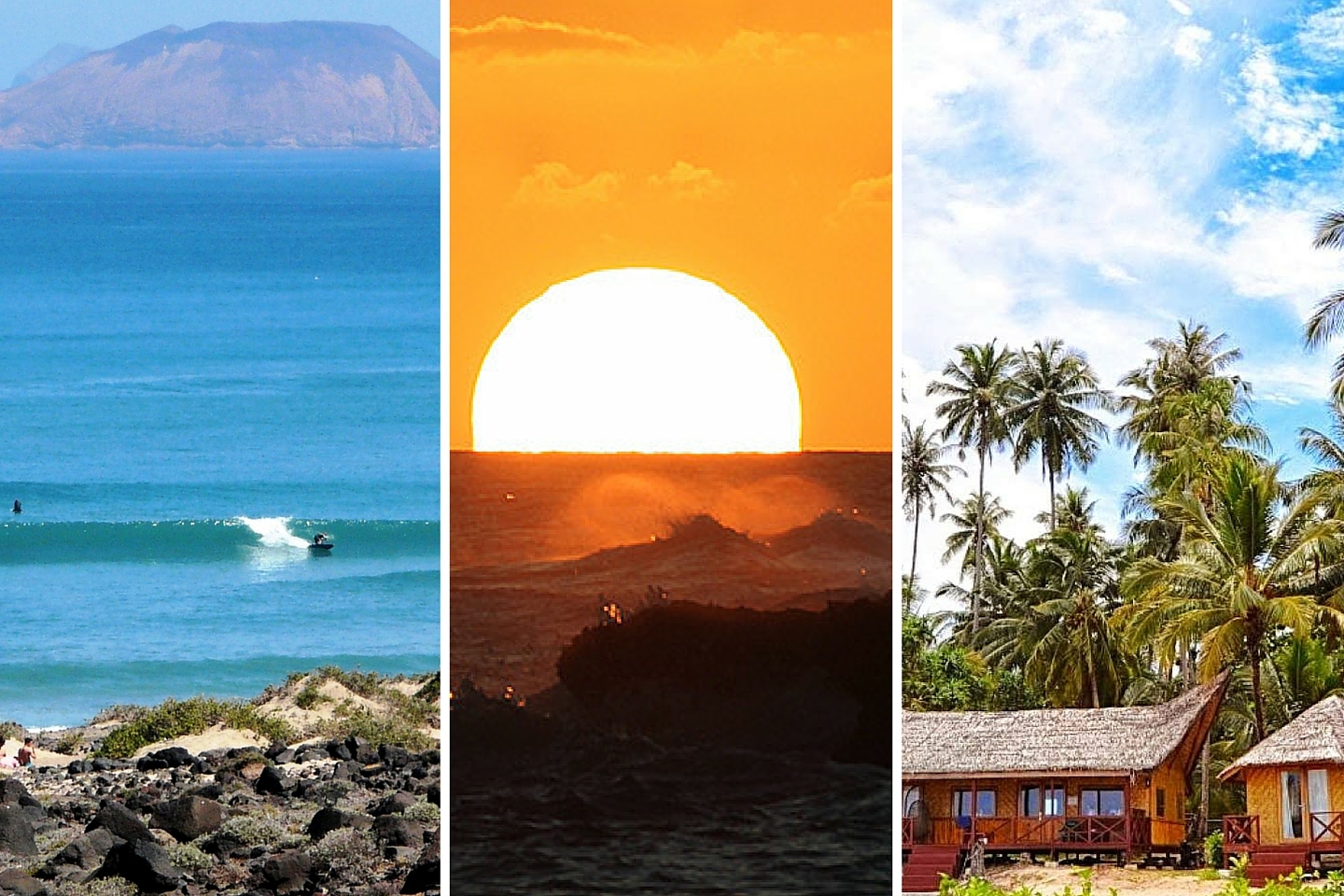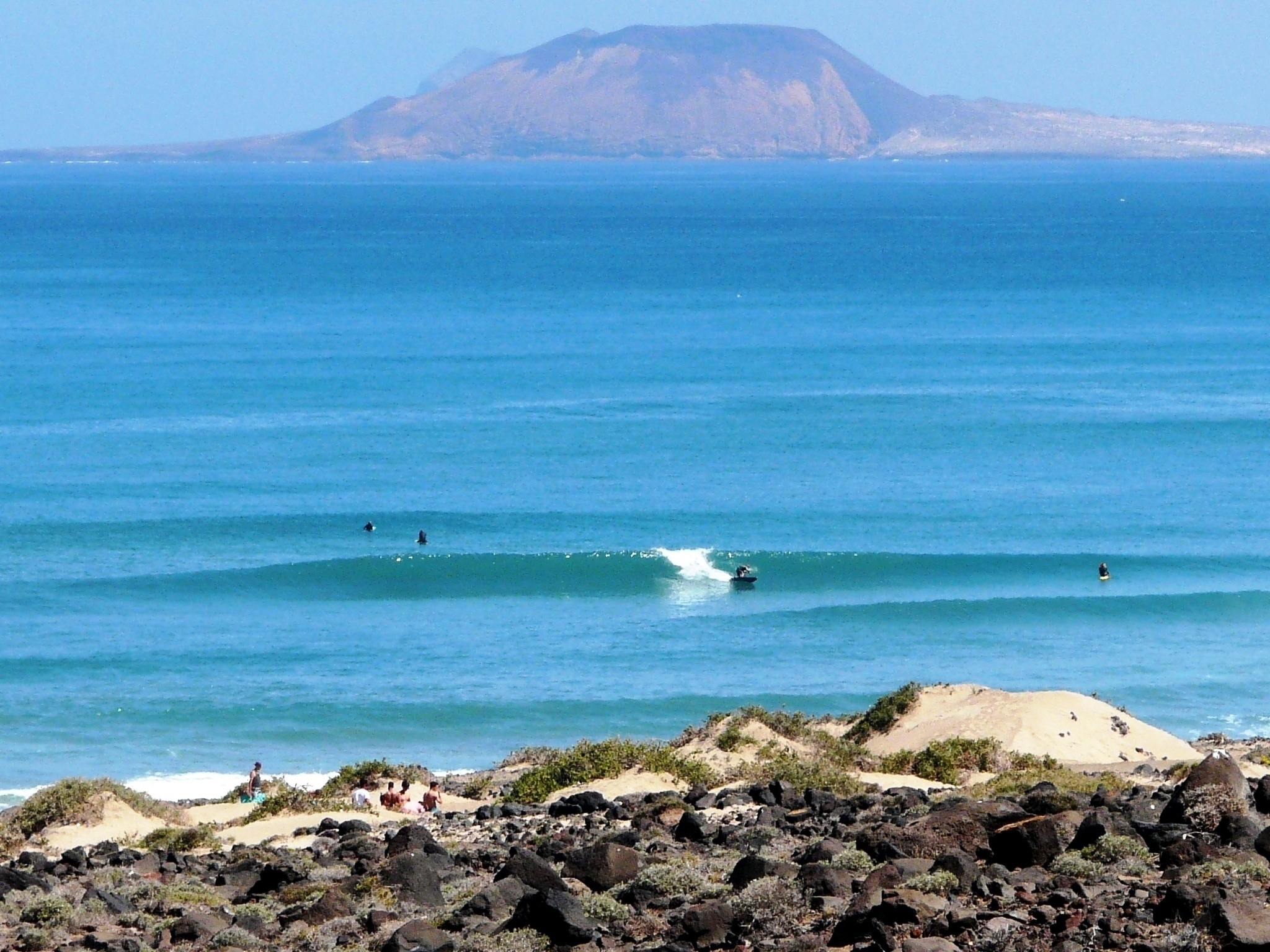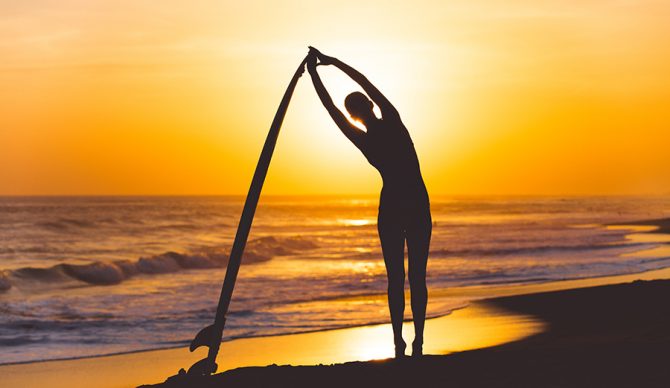There are many different boards available to choose from, and it may seem overwhelming to begin with, but help is at hand. When you start to surf you are often teamed up with bash-friendly foam surfboards, but when you decide to buy your own board and before you even go into a surf shop, you should take a few things into consideration.
Height
Firstly, how tall are you? Whatever your height, you should aim to get a board that is at least 8 inches longer than you. The longer and wider your board, the more stable it will be. Think about where you will be surfing regularly. If you have a small beach break near you, then consider a slightly longer length board, about 7ft plus, as this length tends to catch smaller waves with more ease and less effort on your part. However, if you have a point break, or bigger beach break as your local spot, think about getting a board that is still more than 8 inches longer than you, but made in a lighter material such as fibreglass. A lighter board will help you to paddle faster and learn to duckdive bigger waves.
Style
Something that will also help you to decide on the length and shape of your first board will be what type of surfing style you want to work on. Do you want to become a shortboarder, longboarder or both? Shortboards are lightweight, designed to give maximum maneuverability and speed, but are extremely unstable for beginning surfers. In contrast, longboards are slower paced, graceful and more learner friendly, however they are difficult to turn and stop once they get started. As a compromise mini-mals are a great transitional board. Relatively maneuverable and nicely stable, a mini-mal will have you up, riding and catching waves in no time.
Travel
You should also consider whether you will want to take your surfboard on a surf holiday with you, and whether you can fit it in or on top of your car. Transporting a longboard requires car straps whilst a shorter lighter board makes life easier as you may be able to fit it into the car. Flying with your board can be costly as airlines charge approx €30 each way, however get a good surfboard bag and you can put all your clothes in it also!
Price
Finally, essential to your choice is your budget. A new surfboard can set you back as much as £300 (€340) or more, but bargains are out there especially if you buy secondhand. Really for your first board you want to be looking at £150 (€180) max for second hand, or £250 (€300) for new.
Test
Also, try before you buy is possible. Hire or borrow the type of board you like and see how it rides. Good learner to improver boards are provided by brands such as NSP, BIC, and Cortez, so look out for them and enjoy experimenting.




 Francesca Bingley
Francesca Bingley
